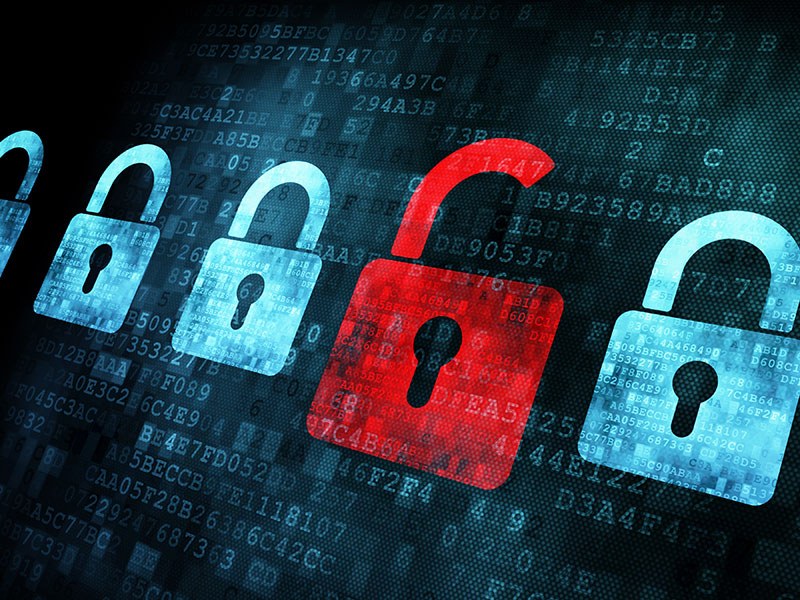Securing Your Network Right
Securing Your Network Right
Network security is one of the most crucial aspects of your business, and as technology evolves, so do new threats to your network. Thankfully, there are steps you can take towards making sure your network is secured.
Assess your Network
Conducting network assessments regularly helps identify and address weaknesses in your security. Doing so allows you to evaluate any security liabilities, and see if there are any opportunities to simplify the operating systems. Network assessments are also a great time to see if there are any bottlenecks in your performance where apps or other hardware may be draining your bandwidth and resources. Finding these pain points can allow you to free up your network so it runs more efficiently.
Create a Cyber Aware Culture
“The best front line defenses are up to the user.” -Kevin Harrison
Educating employees across the organization is essential for ensuring your network is protected on all levels. Sending out policies can inform employees of best practices to follow, such as the importance of robust passwords or avoiding bad links. Even if your network is secure, employees who use their devices on insecure networks still makes your information vulnerable to attack.
Conduct a Services Audit on Servers
Network auditing maps out both the software and hardware that are used in your network. It’s important to identify unused services that may be running in the background as they provide a portal for hackers to get into your system. Removing unnecessary services minimizes potential vulnerabilities, and can speed up your network. Network audits also ensure that any antivirus or security software is still installed and active.
Manage User Privileges
Not everyone in your organization needs to see all of your organization’s files. The CEO should have access to everything, but the sales department does not need access to the finance department’s files. Customizing users’ access based on their roles will help protect the entire network. If one person’s device is breached, it doesn’t have to mean the whole organization’s information is breached.
Get an Intrusion Prevention System or Intrusion Detection System
Intrusion Detection Systems (IDS) can identify threats like malware, or even just scans, as that is what a hacker will do to find vulnerabilities in your network. When IDS detects a threat, they will report it so you can take action. Intrusion Prevention Systems (IPS) will actually take action when threats are identified, thus preventing a breach. However, IPS is more costly than IDS. If you do decide on a system to protect your network, do not share that information, as knowing what system your use gives hackers a guide of how to best infiltrate your system by knowing what they’re up against.
Set up Appropriate Firewalls
Having good firewalls is a common way to secure your network, but it is no less important because of it commonness. Having web application firewalls are also important if you have any online sales or manage customer accounts as they help secure your data online and prevent cross-site scripting and request forgery.

Recent Comments